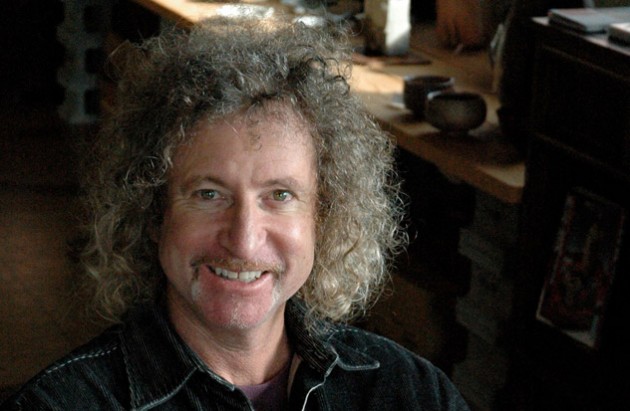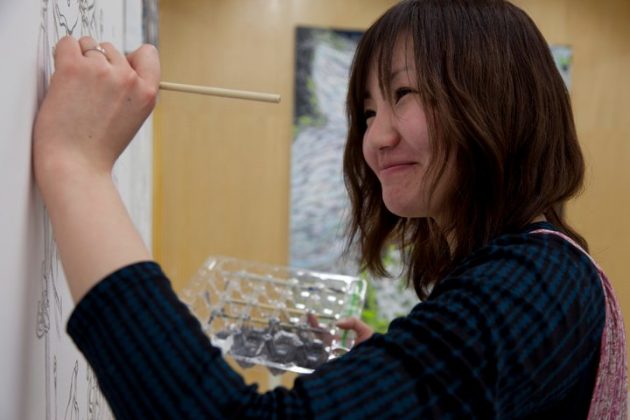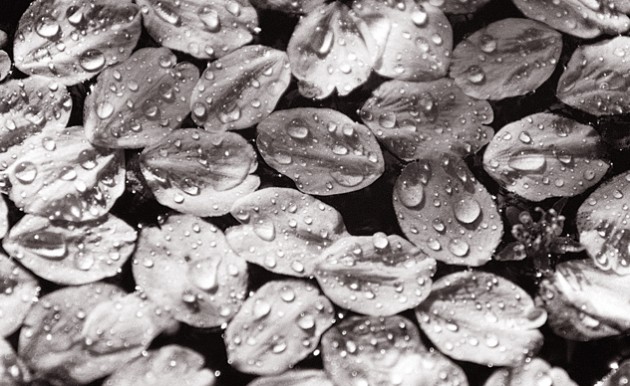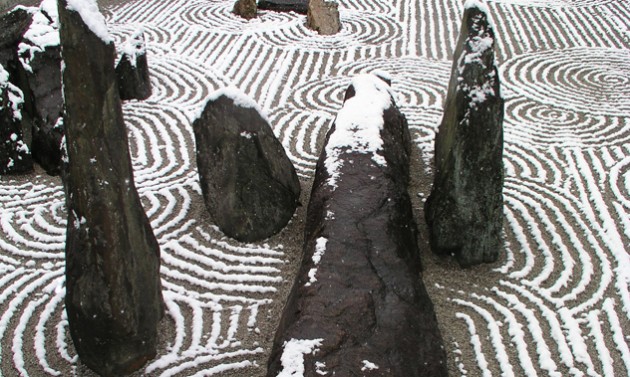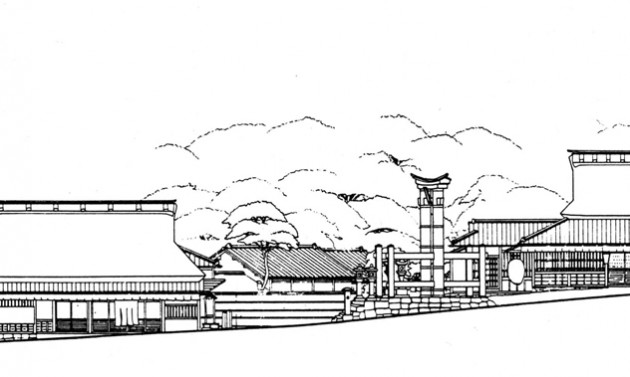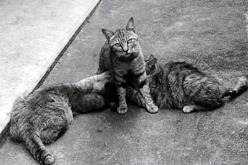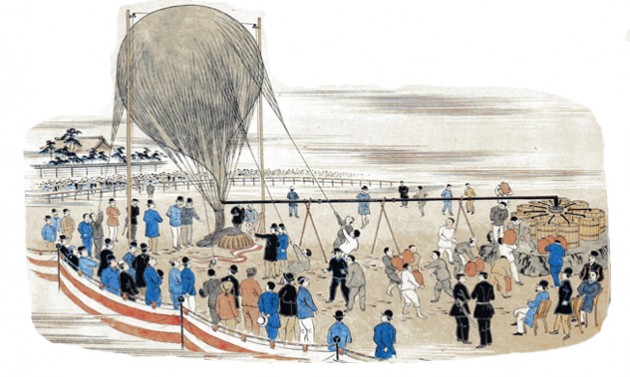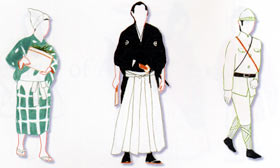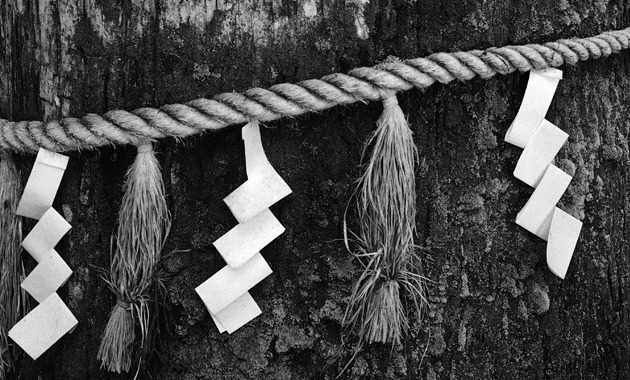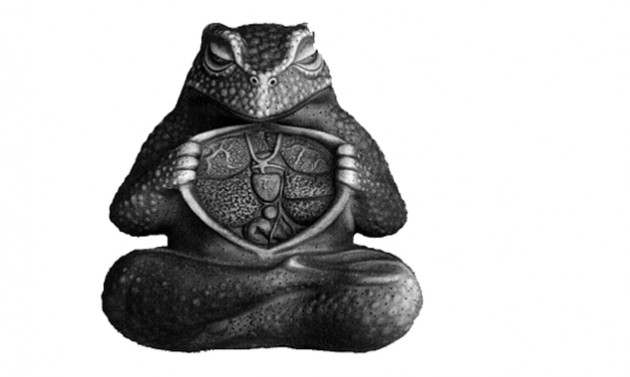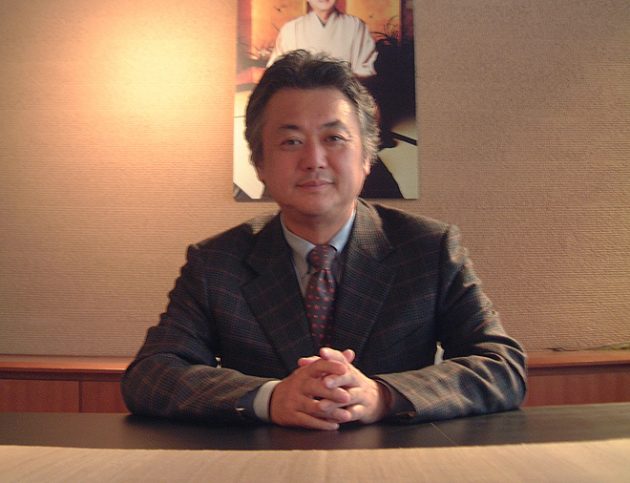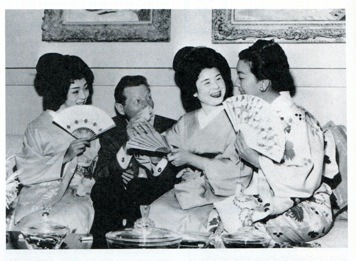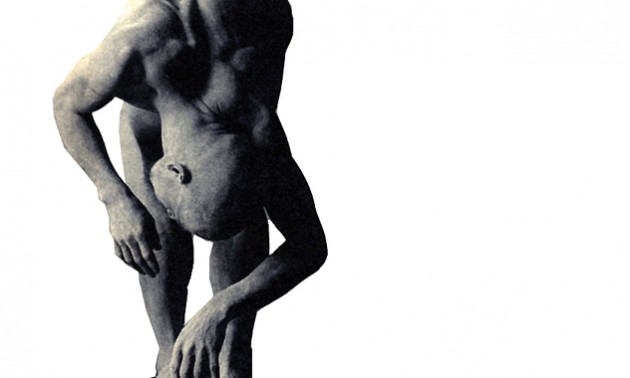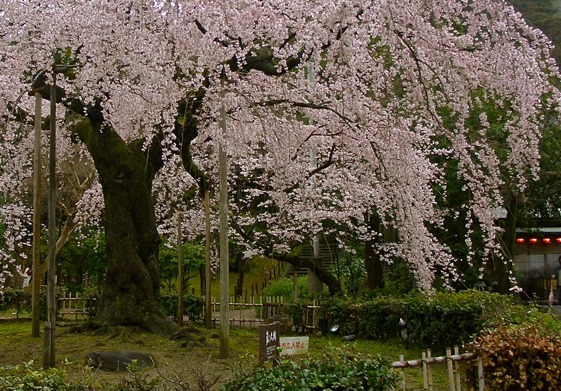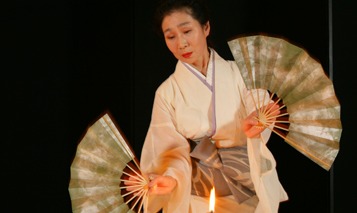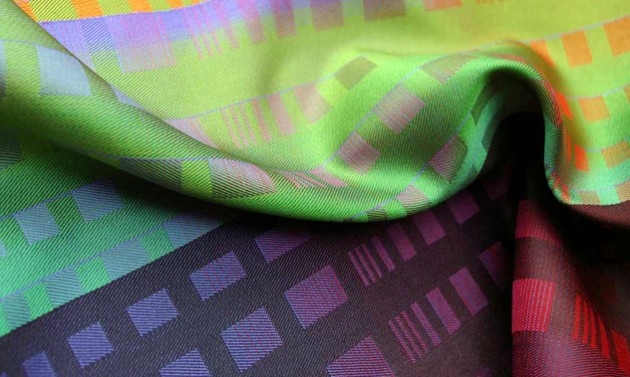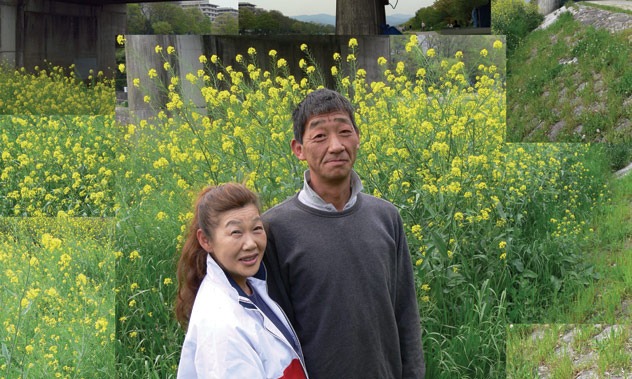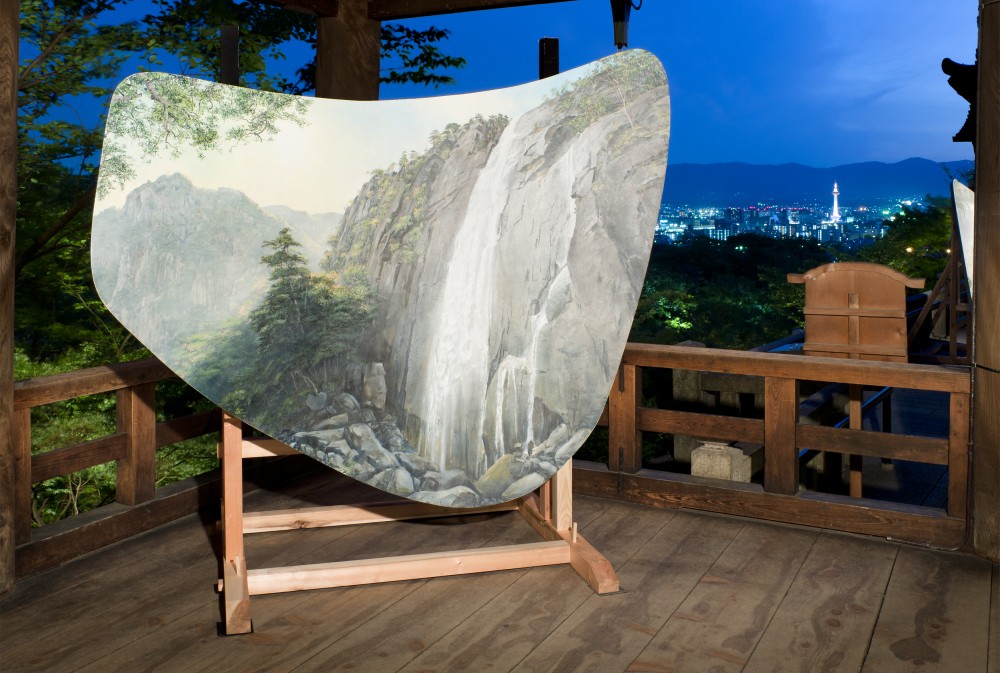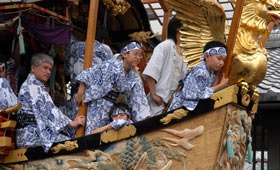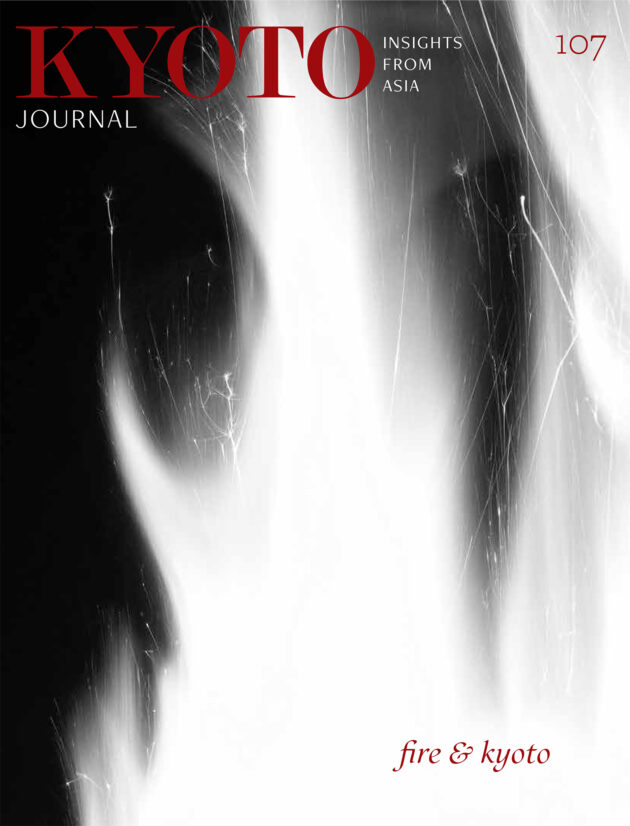OUR KYOTO
Kyoto ceramic connoisseur Robert Yellin muses on the ties that bind art, life and environment
Read MoreTaizo-in launched its groundbreaking ‘Fusuma-e Project’ in the spring of 2011. The Zen temple is commissioning a young, unknown Kyoto-based artist to compose large sumi-e ink paintings on 64 new sliding doors, or fusuma…
Read MoreMy first stay in Japan was from May of ’56 to August ’57. I left to get a change of air, to reflect on my Zen practice, and to earn some dollars.
Read More“The actor is not moving, but the pose is full of pent-up energy. Think of a spinning top…”
Read MoreOf all cities in East Asia, Kyoto has the oldest and probably the strictest official preservation policy…
Read MoreKyoto belongs to the rain. Not a place of brilliant sunlight, it is often sadly gray — an older woman who causes one to remark how beautiful she must once have been.
Read MoreA century ago Kyoto was “The city that does everything first.” Today it is “the ancient capital” and “the city of temples and shrines.” Kyoto’s development of leading-edge technology however, continues today…
Read MoreImagine Kyoto in the year 1868… To symbolise the new dawn it had been decided the emperor should move his capital to Tokyo. When the day of his departure came, thousands of citizens lined the streets, many distraught and in tears.
Read More“In Japan, divinities might be of mountain, sea, or river. People find divinities in nature. This religious faith still exists…”
Read MoreSudo Hisao’s latest sculpture, not yet dry, stands in his ceramic studio: a giant acorn, bursting with life, erotic tip pointing upwards…
Read MoreHosomi Yoshiyuki is the founding director of the Hosomi Museum… The museum houses a 1,000 piece art collection representing all major periods of Japanese art from the Jomon to Meiji, featuring 30 Important Art Properties…
Read MoreYoshida Teruko is a former geiko (often called geisha outside of Kyoto). She is the proprietor of a bar in the Gion district whose clientele includes corporate leaders from Kyoto, Tokyo and other countries.
Read More“It’s more difficult to do creative theater in Tokyo. There is less pressure in Kyoto so we can be more free, more adventurous. Kyoto people are more open to something experimental…”
Read MoreAt 36, Kyoto-born butoh dancer and choreographer Katsura Kan has survived as an independent dancer, working outside the established butoh companies…
Read MoreIn the center of Maruyama Park there is a very large cherry tree… It was cultivated by the grandfather of Sano Tōemon, the sixteenth generation of a line of Sagano gardeners.
Read More“You have to tear down the old completely sometimes to build the new in the spirit of the old. When I revive a piece, everything changes. Even if the performers are all the same, we’ve grown, so through repetition the piece will change.”
Read MoreOver the past eight years, Ryuta and Chieko Kobayashi have resided in shelters made of cardboard and wood, crafted with their own hands, under the Kojinguchi Bridge on the Kamo River…
Read MoreART
BY BRIAN WILLIAMS
A World Heritage site, Kiyomizu is the most visited destination in Japan… It was at this matchless and uniquely sited treasure that, on May 14th, 2011, I was given the literally unprecedented privilege of exhibiting my art — debuting my new genre of painting which I call “parabolic painting,” to a one-evening-only gathering of well over two thousand people…
Read MoreIn the early 1990s I unwittingly moved into a Gion Festival neighborhood…One day I literally stumbled upon the festival’s gigantic floats, some as high as downtown buildings, and marveled at their exquisite adornments of exotic textiles and carvings. I didn’t know what I was looking at, but it blew my mind.
Read More

